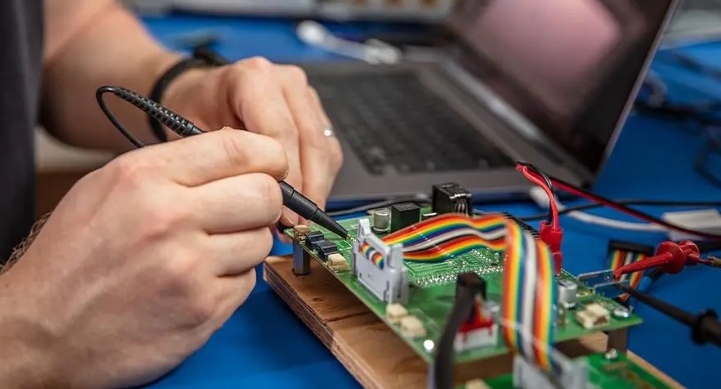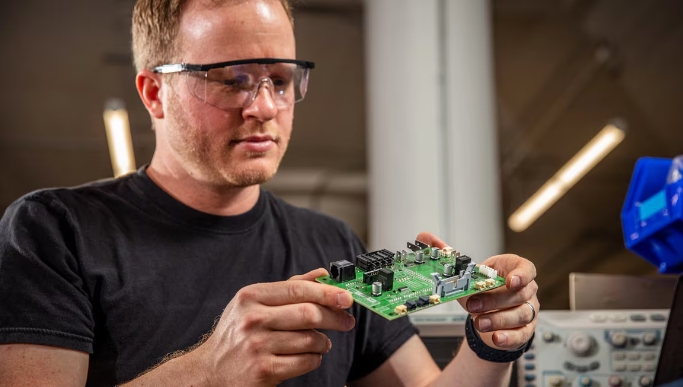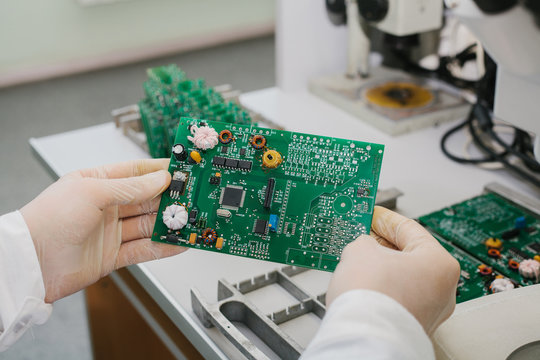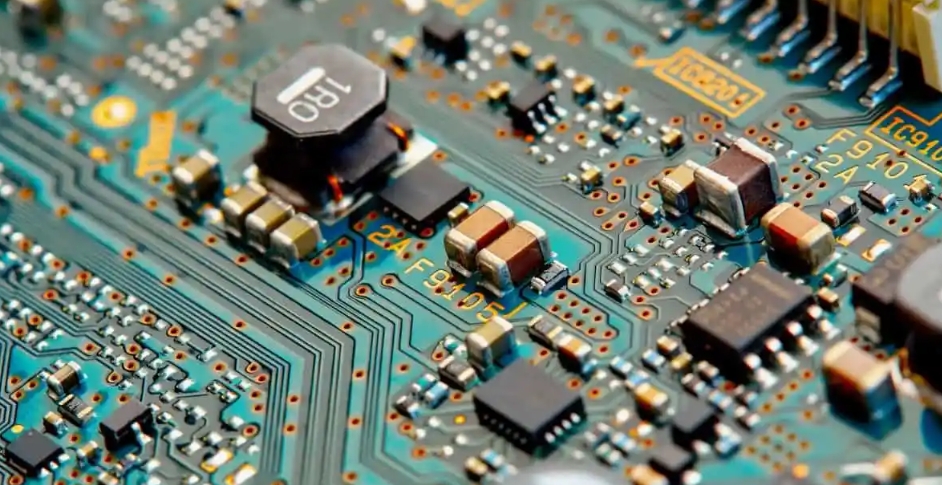How does the controller type affect the performance of SSD PCB?
In the ever-evolving world of digital storage, solid-state drives (SSDs) have emerged as the next big thing, outperforming traditional hard drives in speed, reliability, and efficiency. A critical factor in SSD performance is the type of controller integrated into the SSD PCB. The controller acts as the braindrive’s brain, managing the data flow between the NAND flash memory and the host system. As consumers and businesses seek to optimize their computing performance, it is critical to understand how different types of controllers affect SSD PCB performance. This article explores the various controller types and their impact on users looking to purchase an SSD PCB.
Types of Controllers in SSD PCB
The landscape of SSD PCBs is populated with various controllers, each designed for specific performance levels and applications. Primarily, SSD controllers can be categorized into SATA (Serial ATA), NVMe (Non-Volatile Memory Express), and PCIe (Peripheral Component Interconnect Express) controllers. SATA controllers are commonly found in entry-level SSDs, offering acceptable performance for everyday tasks but needing to catch up in speed compared to more advanced options. NVMe controllers, on the other hand, are engineered for high-performance applications, utilizing the PCIe interface to achieve remarkable data transfer rates.
Understanding these distinctions is crucial for consumers. For instance, while a SATA SSD may be sufficient for casual users who primarily browse the web or work with basic applications, professionals in fields such as video editing, gaming, or data analysis would benefit from the enhanced performance of NVMe SSDs. This segmentation allows users to tailor their SSD PCB choices to meet their specific requirements, ensuring they receive the most effective solution.

Controller architecture is the backbone of performance
The architecture of the SSD PCB controller is a fundamental aspect that directly affects overall performance. Controllers may employ varying internal designs, including data pathways, processing capabilities, and data management techniques. A well-engineered controller architecture minimizes latency and maximizes read/write speeds, crucial factors for an SSD’s responsiveness. In contrast, a poorly designed controller can lead to bottlenecks, hindering the performance of even the fastest NAND flash memory.
Advanced controllers often incorporate features such as multiple data lanes and parallel processing, allowing them to handle numerous data requests simultaneously. This is particularly beneficial in environments where multiple applications access the SSD simultaneously, ensuring smooth performance and quick response times. By investing in SSD PCBs with superior controller architecture, users can significantly enhance their computing experiences, particularly in demanding scenarios.
How controllers affect productivity
Performance metrics are vital for assessing the efficiency of SSD PCBs, and the controller type plays a significant role in these measurements. Key metrics include sequential read and write speeds, random IOPS (Input/Output Operations Per Second), and latency. High-performance NVMe controllers typically deliver superior sequential speeds compared to SATA controllers, making them ideal for tasks that involve large file transfers or data-heavy applications.
Random IOPS is another crucial metric, particularly for tasks that involve many small, non-sequential data requests, such as operating system booting and application launching. SSD PCBs with advanced controllers can handle more IOPS, ensuring quicker access to frequently used files and applications. The controller type also influences the latency or time the SSD takes to respond to a request. By understanding these performance metrics and how they relate to controller types, users can make informed decisions about which SSD PCB will best meet their performance needs.

The Role of Firmware in Performance
Firmware is pivotal in how the SSD PCB’s controller interacts with NAND flash memory and manages data. It governs various functions, including data writing, reading, and efficiency. Advanced firmware implementations can significantly enhance SSD performance through wear leveling, garbage collection, and error correction. These functions not only improve speed but also contribute to the longevity and reliability of the SSD.
Wear leveling distributes data evenly across memory cells, preventing premature wear on specific cells. Garbage collection helps maintain optimal performance by cleaning up and reorganizing data, which can degrade SSD efficiency over time. Error correction algorithms are crucial for maintaining data integrity and identifying and correcting potential errors during read/write operations. When selecting an SSD PCB, users should pay attention to the firmware capabilities, as robust firmware can significantly influence overall performance and lifespan.
Future Development and User Notes
Compatibility with existing systems is a critical factor when choosing an SSD PCB. Different controller types can impact compatibility with various interfaces and protocols. While SATA SSDs are compatible with most systems, NVMe SSDs may require specific motherboard support to function optimally. Ensuring that the selected SSD PCB aligns with the user’s existing hardware is essential to avoid compatibility issues.
Future-proofing is another critical consideration. The demand for faster data transfer rates and enhanced performance grows as technology evolves. Investing in an SSD PCB with a capable controller can help users stay ahead of technological advancements, reducing the likelihood of needing premature upgrades. Additionally, some SSD PCBs offer features like dual-lane PCIe connections, which can significantly enhance performance in high-demand scenarios, making them a wise choice for future-proofing.

Choosing the Right Controller for Optimal SSD PCB Performance
The type of controller integrated into an SSD PCB plays a crucial role in determining its performance, affecting speed, efficiency, and reliability. By understanding the various controller types, their architectures, and the impact of firmware, users can make an informed decision when purchasing an SSD PCB. Evaluating performance metrics such as sequential read/write speeds, random IOPS, and latency is critical to choosing the suitable SSD for a specific application.

